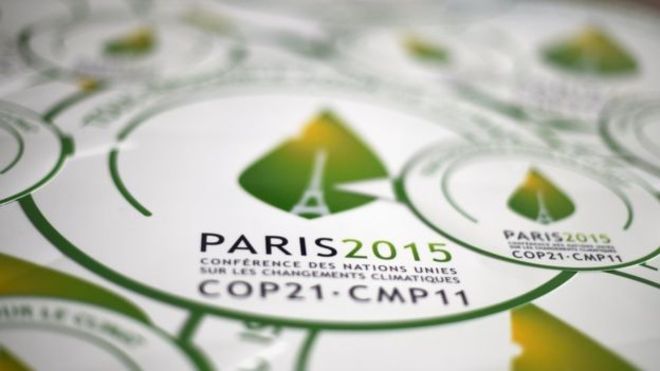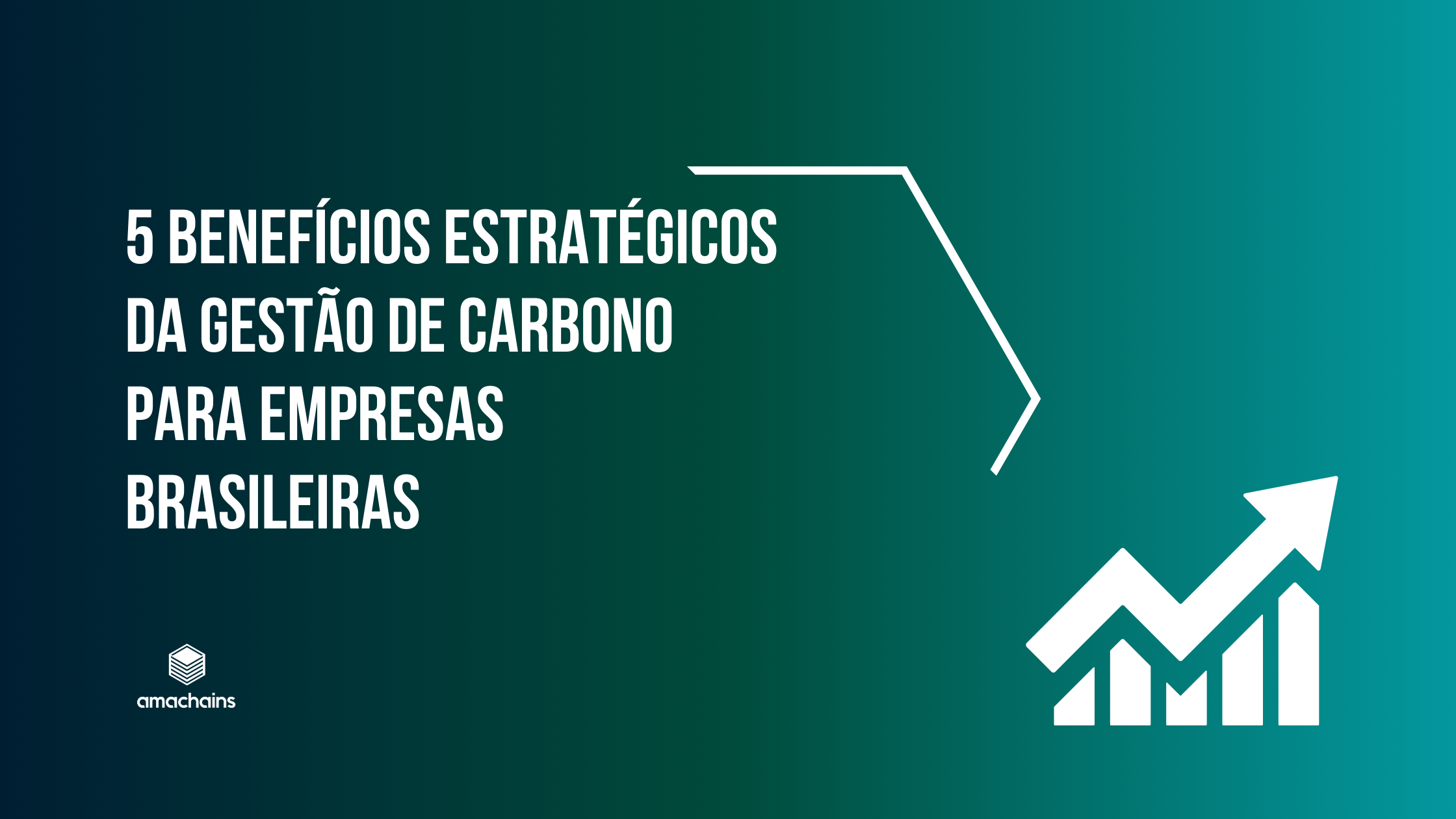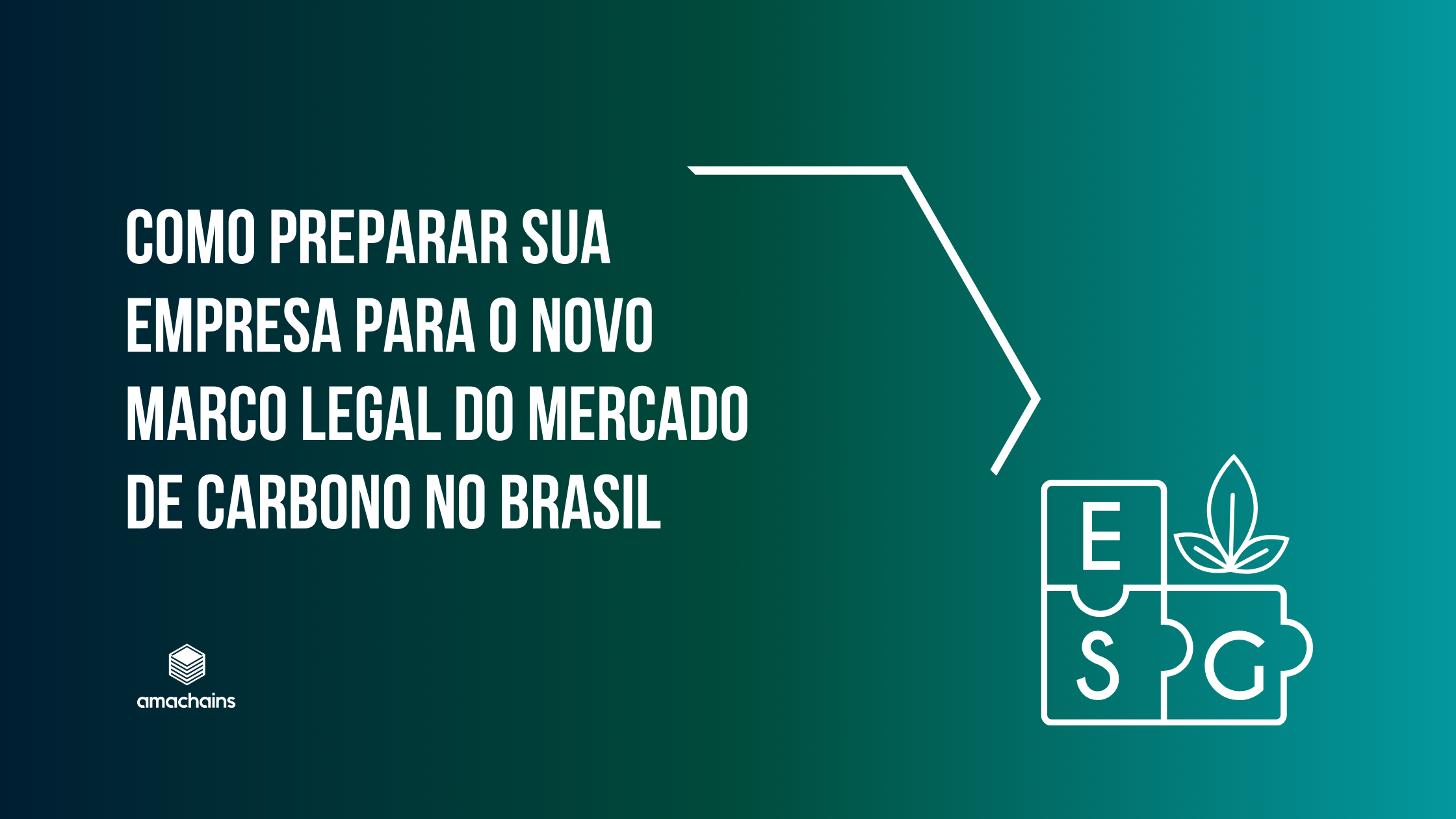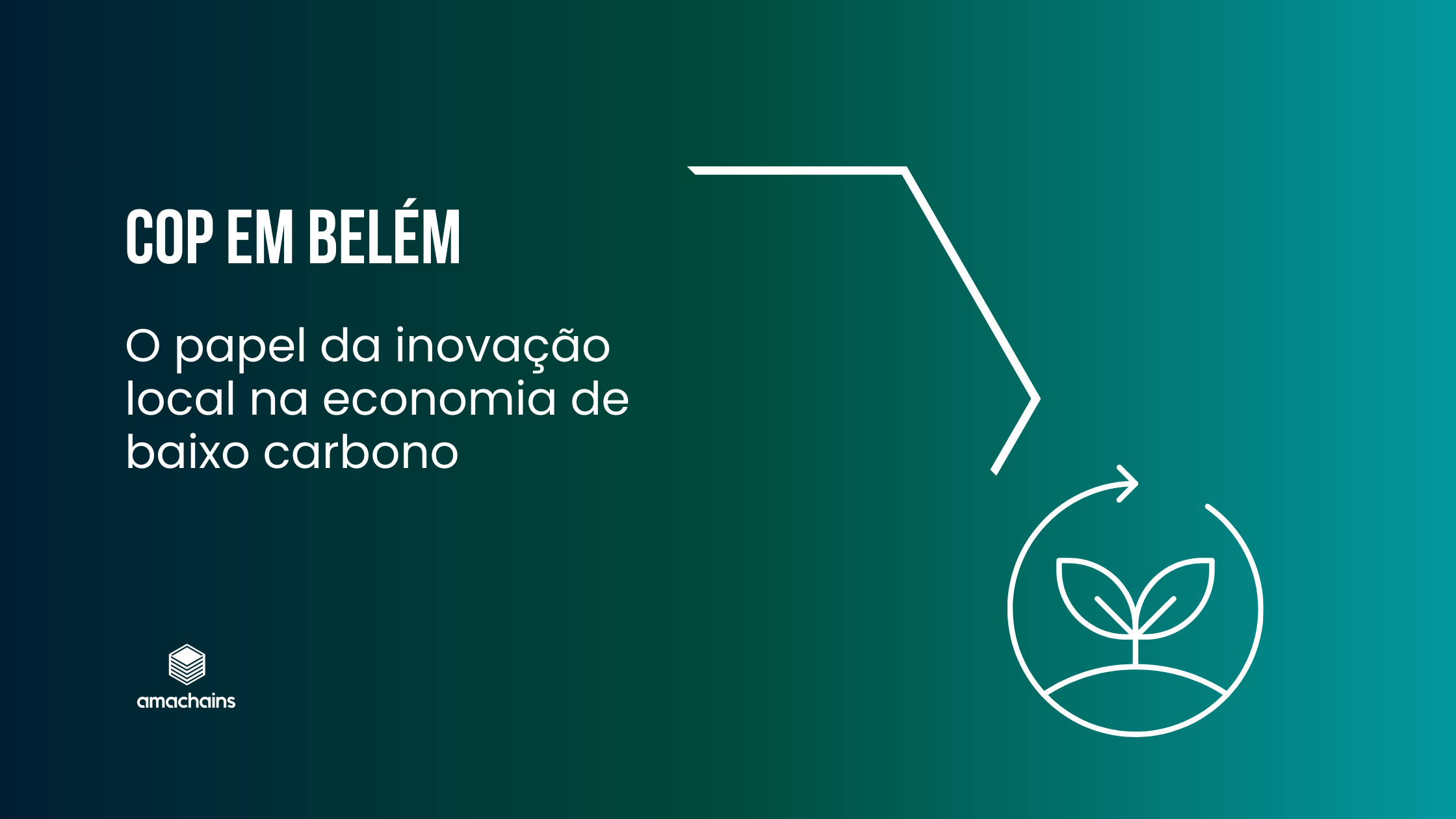Central to the debate on climate change, the Paris Agreement is a milestone in the international effort to limit global warming. Signed at COP 21 by 195 countries, the agreement includes Article 6, a key element in consolidating the carbon market worldwide. By promoting cooperation between countries, the article drives the search for global solutions to mitigate global warming.
What is Article 6 of the Paris Agreement?
It is through this that the Paris Agreement establishes the guidelines for Sustainable Development Mechanisms (SDGs). In short, it regulates market-based approaches. The carbon market allows countries to cooperate more efficiently to achieve their mitigation goals.
Read the Paris Agreement here.
It is the MDS introduced by Article 6 that establish the role of carbon markets in tackling climate change.
International Cooperation and Emissions Trading:
One of the main contributions of Article 6 is the promotion of international cooperation. It allows countries to cooperate in implementing emission reduction projects and share the resulting benefits. It also creates the framework for emissions trading. This is the central mechanism that allows nations to compensate each other. The new approach to global action seeks to promote the equitable distribution of reduction efforts.
Incentive for Emission Reduction and Sustainable Development:
By enabling carbon credits to be traded between countries, it creates an economic incentive to reduce emissions. Countries that are able to exceed their reduction targets have the opportunity to sell carbon credits to those that are facing challenges in this regard. This mechanism not only boosts efficiency, but also directs financial resources towards sustainable development projects.
Understand how it works carbon market.
Challenges and Opportunities:
Despite its importance, Article 6 has faced challenges in its implementation. These include issues related to emissions accounting and the environmental integrity of projects. Overcoming these challenges is crucial to unlocking the full potential of the global carbon market. Countries have the opportunity to seize the economic benefits, promote sustainability and strengthen international alliances.
Technology and the carbon market
The security, integrity and reliability of information are essential pillars for the consolidation of the carbon market. In this context, technology is an important ally in building a green economy. Amachains is a technology company in the heart of the forest that develops solutions based on blockchain technology for managing projects in the carbon market. With this, we work to contribute to the technological, economic and social development of the Amazon region.
Towards a greener future
Article 6 of the Paris Agreement represents a significant step forward in building an effective global carbon market. Its ability to foster international cooperation, facilitate emissions trading and incentivize emissions reductions creates an enabling environment for collectively tackling climate change.
By strengthening partnerships and fostering innovation, this component of the Paris Agreement not only drives the transition to a low-carbon economy, but also lays the foundation for an efficient and collaborative global response to climate threats. Successful implementation of Article 6 will not only strengthen the international commitment to sustainability, but will also contribute to building a lasting legacy for future generations.








